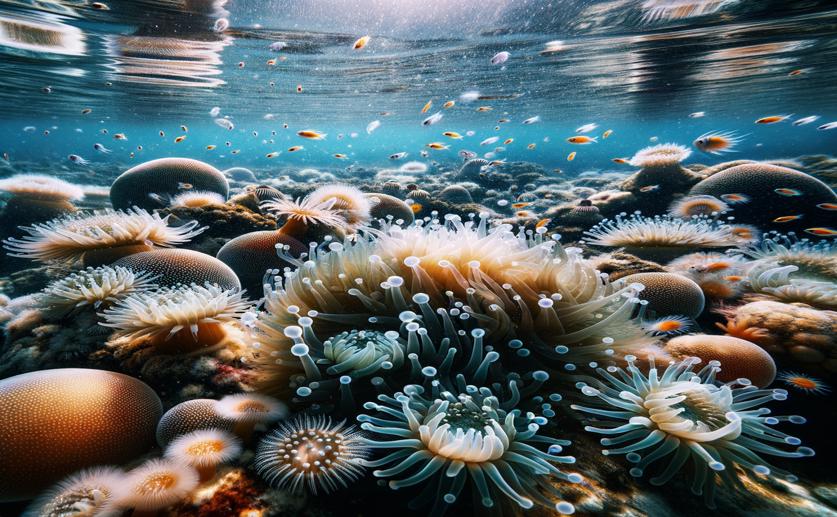
Exploring Tiny Sea Life in the Sparse South Pacific Waters
Greg Howard
8th March, 2024

Image Source: Natural Science News, 2024
Key Findings
- Study in South Pacific Gyre found diverse ocean microorganisms, including overlooked fungi and protists
- Parasitic protists, mainly Syndiniales, were abundant and varied with ocean depth
- These microorganisms likely have a big role in the ocean's nutrient and carbon cycles
References
Main Study
1) Insight into planktonic protistan and fungal communities across the nutrient-depleted environment of the South Pacific Subtropical Gyre.
Published 5th March, 2024
https://doi.org/10.1128/spectrum.03016-23
Related Studies
2) Beyond the limits of the unassigned protist microbiome: inferring large-scale spatio-temporal patterns of Syndiniales marine parasites.
3) Genome characterization of two novel deep-sea sediment fungi, Penicillium pacificagyrus sp. nov. and Penicillium pacificasedimenti sp. nov., from South Pacific Gyre subseafloor sediments, highlights survivability.
4) The largely neglected ecological role of oceanic pelagic fungi.



 7th March, 2024 | Jenn Hoskins
7th March, 2024 | Jenn Hoskins